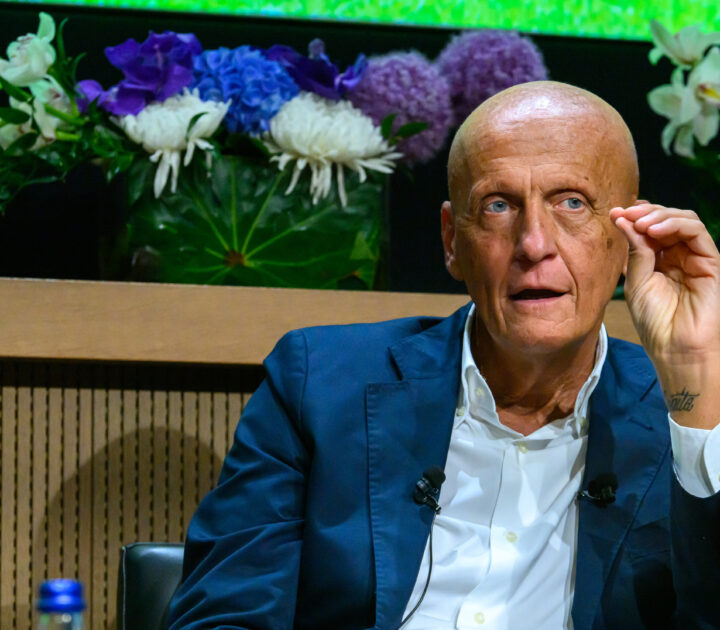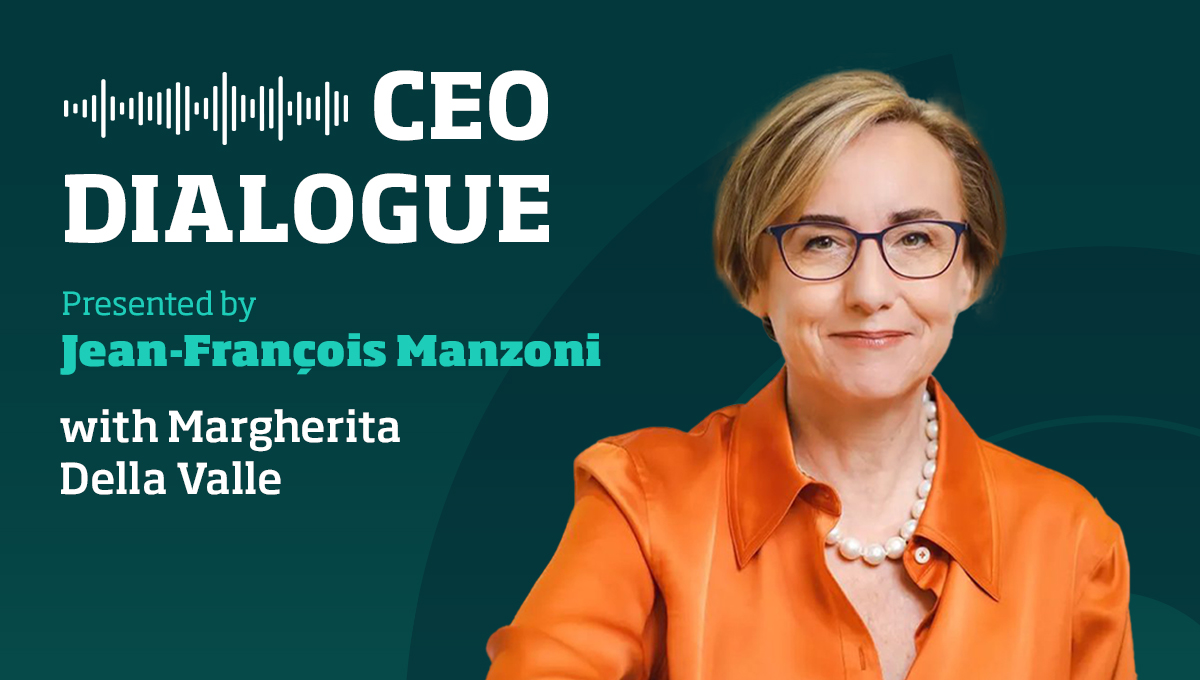Carlos Ghosn’s dramatic fall from grace at Nissan highlights the problem many boards have with a dominant leader. They emerge, like Ghosn, with political skill and their ability to create value, or in family businesses as the founder, or heir. Once entrenched, however, dominant leaders often undermine effective governance and the long-term viability of their companies in several ways.
Overweening ambition
After becoming the undisputed leader of the company, the next step is be No.1 in the industry with little regard for what that will require. At Nissan-Renault, Ghosn wanted a full merger under his leadership as a basis for further competitive consolidation to take on Volkswagen and Toyota, with minimal sensitivity to how the Japanese management would react. Prior to the financial crisis, Marcel Ospel convinced his board that UBS could be No. 1 in investment banking. In a now famous conference call, he told his investment bankers to challenge Goldman Sachs and go for a leading position in collateral debt obligations. With an insured AAA-rating these assets were as safe as cash, he said, but provided a higher return. At Marks & Spencer prior to the melt-down, Sir Richard Greenbury wanted to be the first retailer to hit £1 billion in profits no matter what it took. At Volkswagen, Ferdinand Piech wanted to be No.1 worldwide using economic diesel cars to crack the U.S. market.
Strategic excess
Overweening ambition is coupled to strategic excess, not only in the corporate targets that are set, but also in the strategic initiatives the board is required to approve. These often involve frenetic growth, typically acquisitions. Percy Barnevik went on a debt-financed acquisition campaign, to build ABB (Asea-Brown-Boveri) into a leading electrical engineering company that could take on General Electric. He was the first western competitor to go into eastern Europe and the Far East. Revenues, the share price and his reputation soared, but earnings stagnated and eventually the company almost went bankrupt with 16 hours of liquidity left. The same story has been repeated many times, most recently for example with Richard Howson at Carillion, or with the Markus Jooste at Steinhoff, the international furniture retailer.
Blind to feedback
Dominant leaders come in two broad categories, the autocrats, like Ghosn, who dominate with a superior intellect, and the gurus, often family patriarchs who dominate emotionally with a halo effect from earlier success. Both tend to have narcissistic tendencies, are prone to self-deception with excessive declared optimism and self-confidence, although less obvious in the case of the gurus. Both see what they want to see and hear, with genuine but self-serving views, very good at rationalizing what they are doing and unconscious of their failings. Questioning the style and culture created by a dominant leader is virtually impossible given their domineering personalities, the sense they know best and the difficulty they have accepting criticism. They simply shut down board members who have the temerity to question their choices. At Nissan, Ghosn didn’t hear the murmurs of disquiet from his Japanese board directors.
Weak management team and potential successors
Dominant leaders cannot work with strong personalities. They have competent technocrats and work horses on their team, but no one who can challenge them. At Nissan, Hiroto Saikawa, the CEO hand-picked by Ghosn, was afraid of openly confronting his boss with the merger question. No one on the team can fill the dominant leader’s shoes. As a result, when they are creating value, dominant leaders can hold their boards hostage for whatever compensation they deem fit. And when they become dysfunctional there’s nobody to replace them. External successors must fill a vacuum and motivate a submissive management. In almost all the examples cited above, the dominant leaders were succeeded by CEOs or Chairs who didn’t last long.
Yet, warning signs are present before the board falls fully under the sway of a dominant leader. The autocrats often deploy fast thinking on familiar topics and decisions are taken rapidly. On less familiar topics and more complex issues there’s mainly one-way discussion with little space for opposition. Boards with a guru leader are influenced by the leader’s charisma, experience and insight. Decisions tend to be driven by the guru’s perspective and ability to shape others’ opinions. When some disagree, rather than forcing through their view, they are more likely to use persuasion to assemble a majority coalition.
But, it’s very difficult to rein in dominant leaders while they are creating value. And regardless of the governance system when they get control of the key board processes, it’s too late. Their boards have huge difficulty controlling them. Ghosn was the chair of the Nissan and Renault boards for almost two decades. After turning the companies around, he used the alliance to get economies of scale in shared activities like purchasing. But as the benefits of the turnaround faded into history, his top-down autocratic style started to grate on the Japanese managers and became a threat with the rumors of a merger favoring Renault. But by that time, he was so dominant that good governance at Nissan was basically impossible.
So, how can boards get rid of dominant leaders when they ultimately become dysfunctional? There are several possibilities.
The 5 ways boards can get rid of a dysfunctional dominant leader
Self-management
Ideally, although rare, the dominant leader himself will recognize that he should step down voluntarily following an earlier agreement with his fellow directors. Jack Ma of Alibaba stepped down this year for example. But early on, Carlos Ghosn also announced he would step aside, in his case after 5 years. Nineteen years later he was still there. The dominant leader may recognize intellectually that he should step down. Yet, he can be thwarted by his own emotional reluctance to let go. I have seen a Chair/CEO appoint a new highly qualified CEO, only to renege on his decision during a strategy workshop while the new CEO was presenting his vision.
Peer pressure
The chances of the dominant leader stepping down “voluntarily” are much greater when there is peer pressure from fellow directors. Non-executive directors may need to meet separately, before confronting the dominant leader with the need to step down. It’s easier if the directors have significant ownership stakes, as in family firms and partnerships. The private equity firms, KKR and Blackstone recently announced plans for their founder chairmen to step down. But dominant leaders who have not accepted that their time is up will exploit differences within the director and ownership ranks, as the patriarch, Ricardo Delgado, did at Portugal’s largest bank, Banco Espirito Santo, where the Family Council made the error of taking his side shortly before the bank collapsed.
Boardroom coup
When the dominant leader doesn’t even consider stepping down, more extreme measures come into play. Putting it euphemistically, the directors may have to arrange for his removal. The coup at Nissan was especially dramatic. When Hiroto Saikawa, the Nissan CEO, was making a keynote speech in Tokyo’s financial center to celebrate 100 years of business ties between Japan and France, he knew that when Carlos Ghosn stepped off the Nissan-Renault private jet at the Tokyo airport that same morning, he would be arrested on charges of financial misconduct exposed by a whistle-blower. Saikawa, as well as others on the Nissan board, apparently felt that a coup giving Ghosn little room for maneuver was their safest option.
Shareholder revolt
If the directors are too beholden to the dominant leader, even for a coup, the shareholders may have to revolt. Uber’s board was unable to hold the CEO/founder, Travis Kalanick, to account for workplace harassment, exploitation of the network of drivers and skirting the law in several countries. Finally, five of Uber’s biggest investors decided to take matters into their own hands. In June 2017, they tracked Kalanick down while he was on a trip to Chicago and hand-delivered a letter demanding that he step down as CEO. After hours of discussion he accepted the inevitable.
Corporate crisis
When a dysfunctional leader is not removed in time, the company stumbles into a crisis, of which there are many examples, such as UBS, Volkswagen, Marks and Spencer, and Steinhoff. The leader is fired, and the board largely reconstituted. In extreme cases, the firm may not survive, as happened at Carillion and Banco Espirito Santo. Even if the dominant leader steps down in time, he leaves a weak management team behind, the only ones who could survive working with him. It may take several attempts to find an effective successor.
Which is why it is so important for boards to introduce governance rules of the game with a leader long before he becomes dominant, at the latest when his discussion and decision style becomes problematic. When Ghosn offered a five-year term limit, could the board have locked him into a one-time renewal for a maximum of 10 years? My own guess is probably not – he was in full value-creating flight. A successful term limit perhaps could have been negotiated as part of his onboarding agreement right at the outset.
Paul Strebel is Emeritus Professor of Governance and Strategy at IMD








